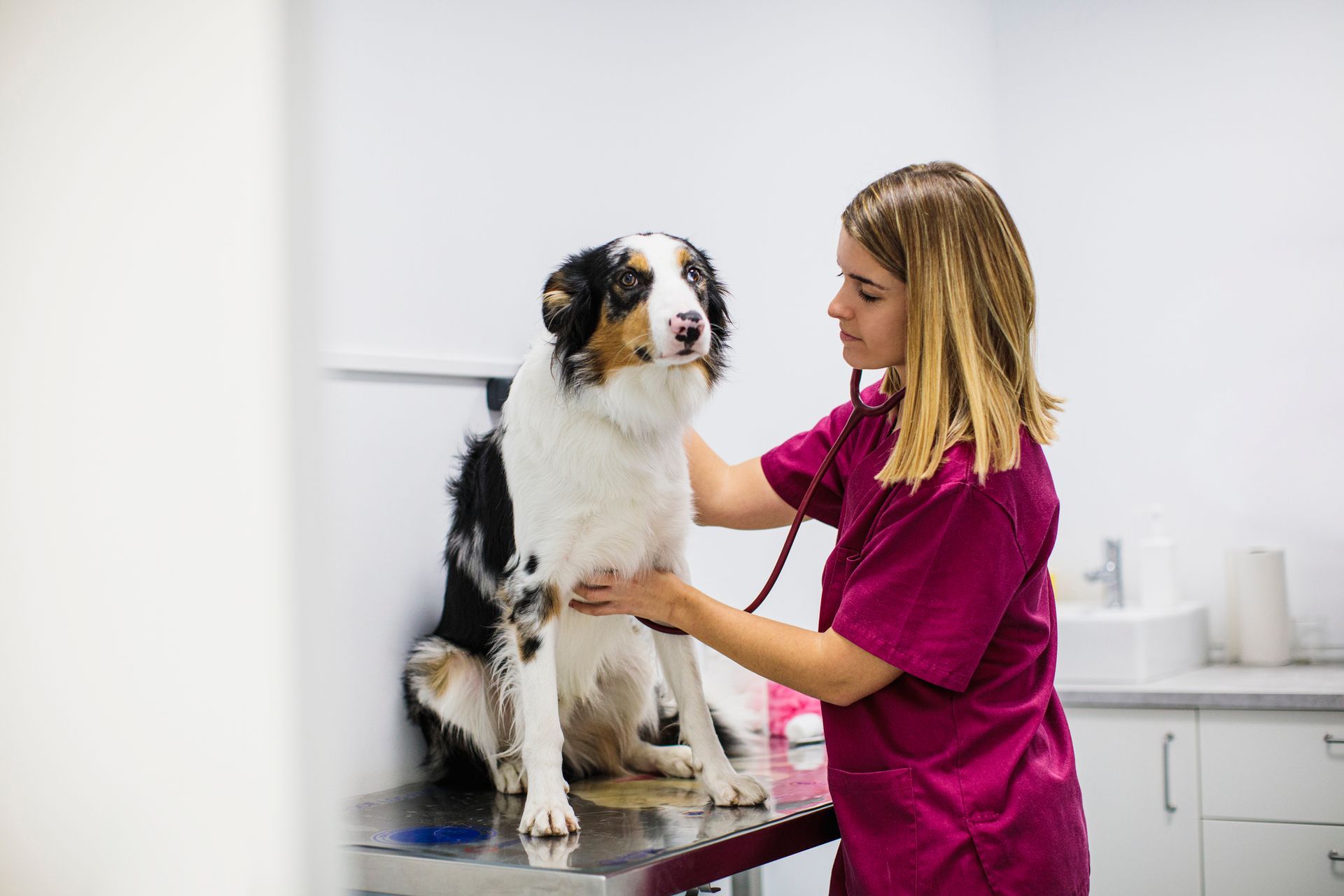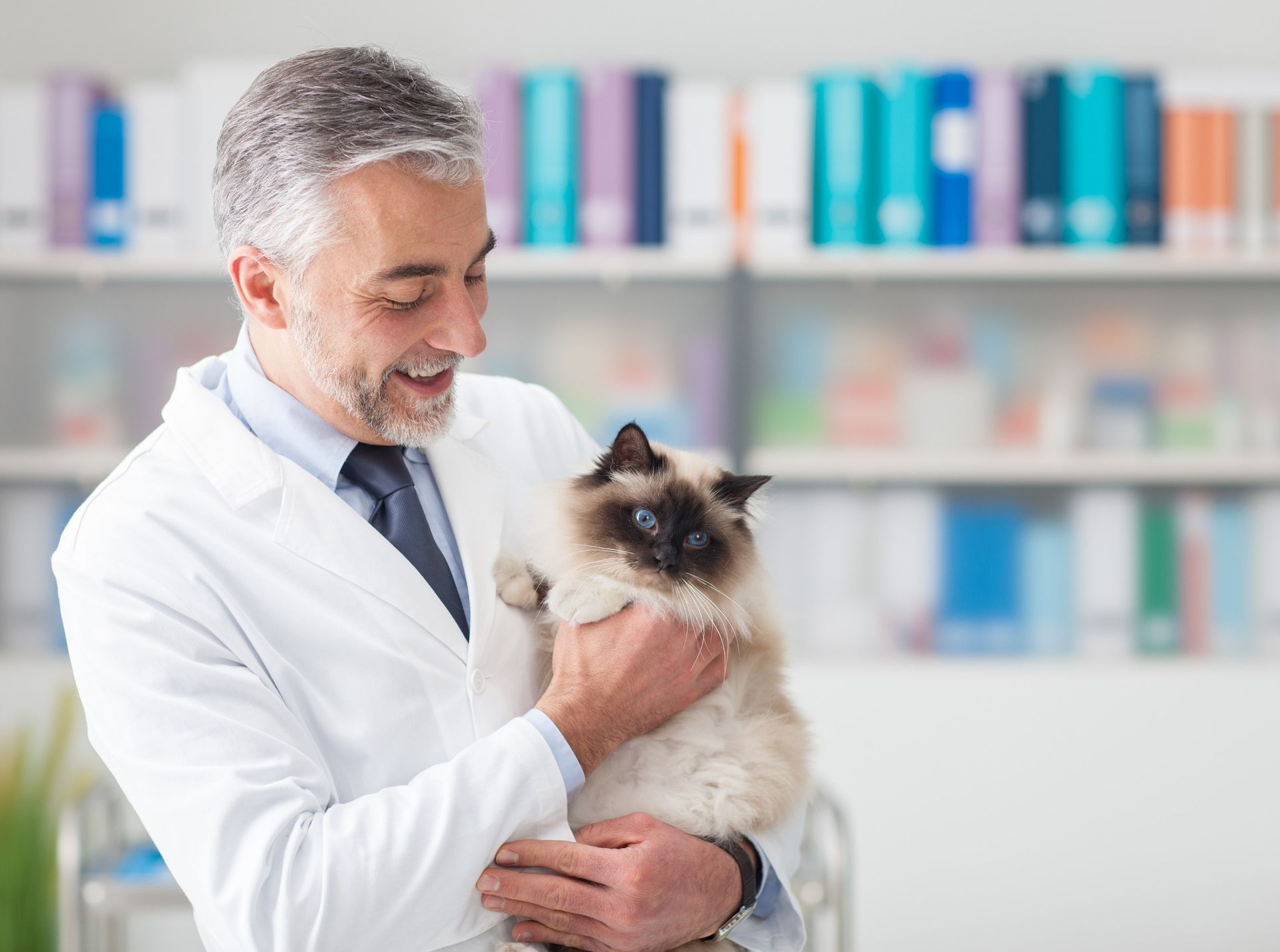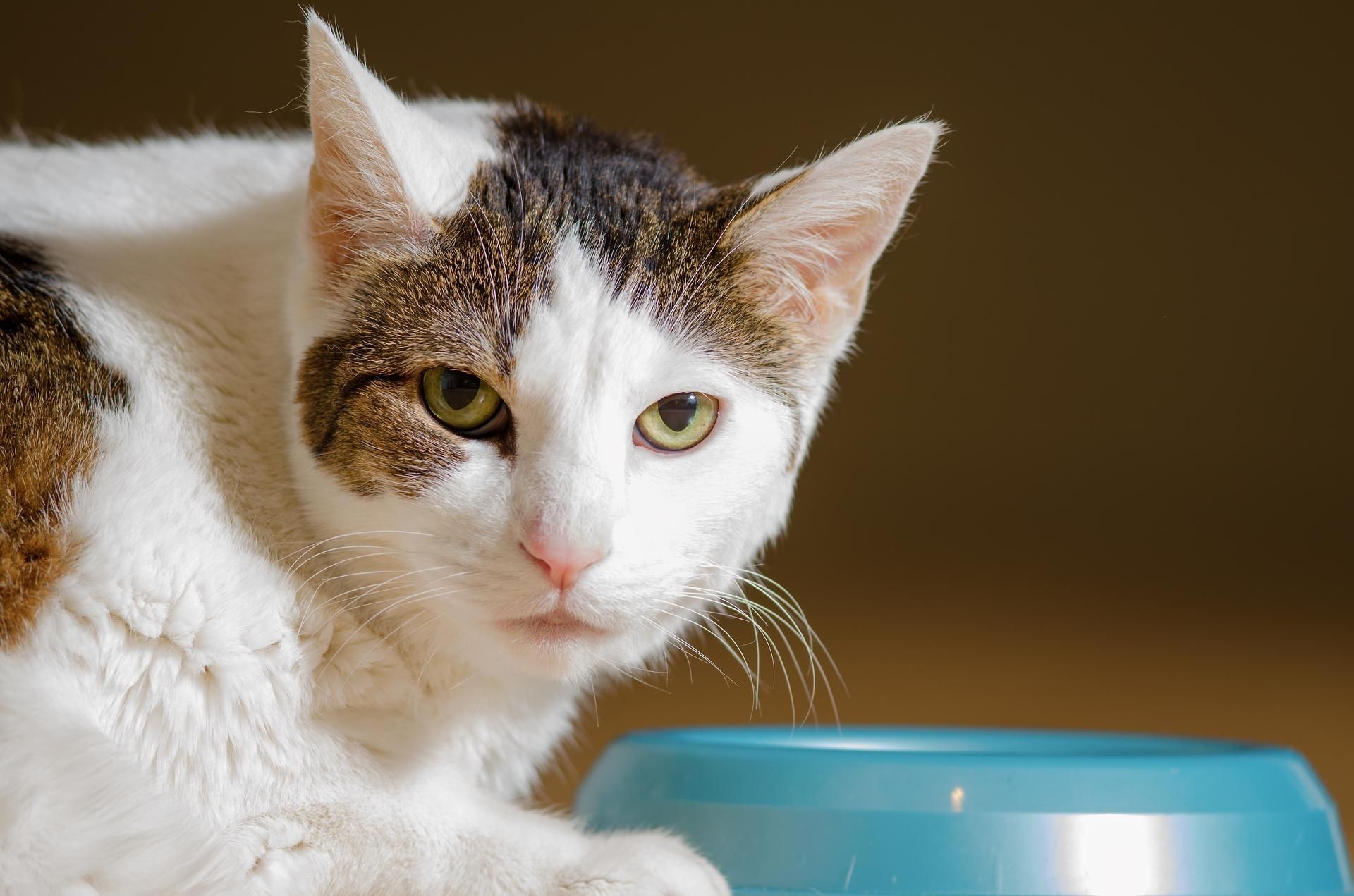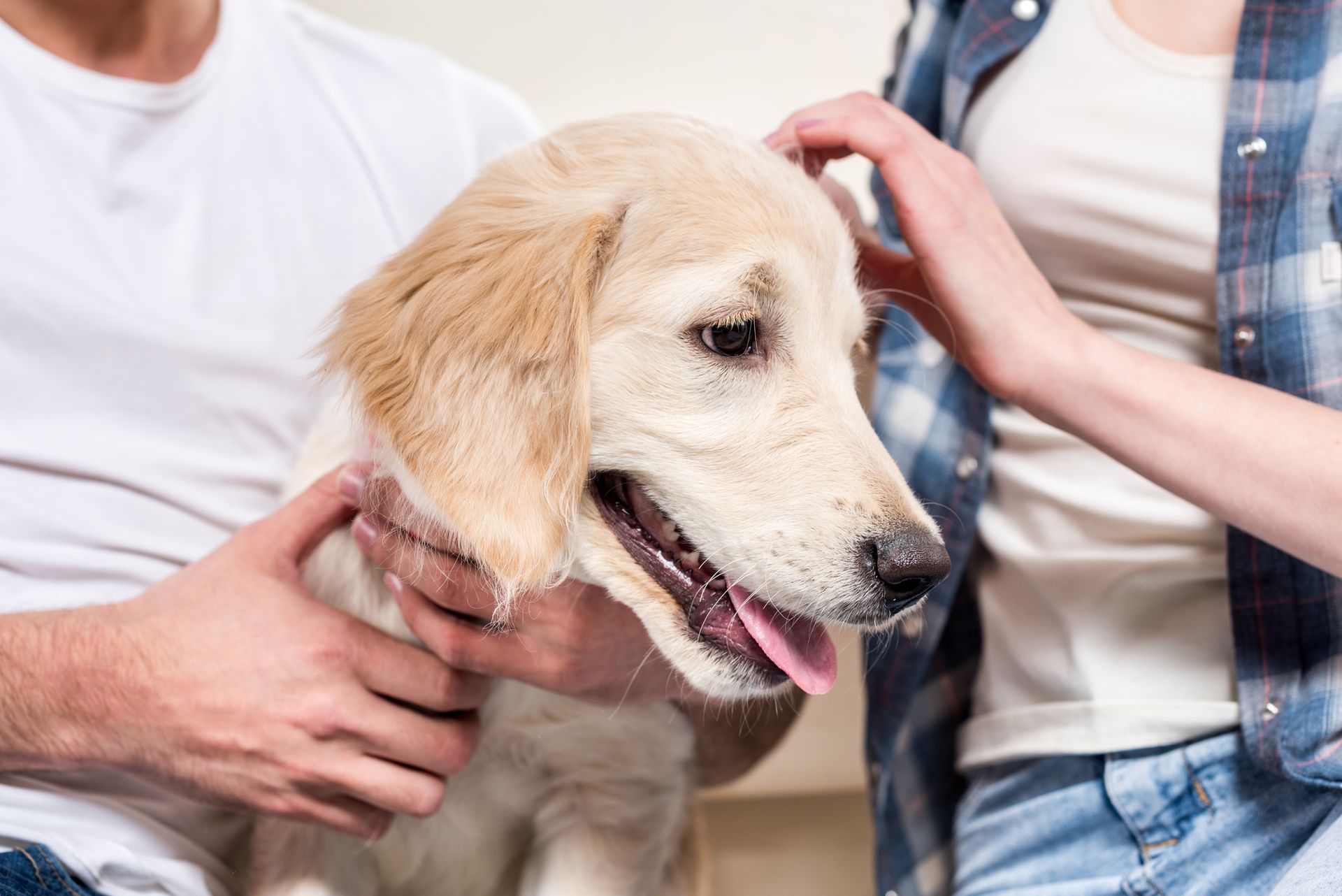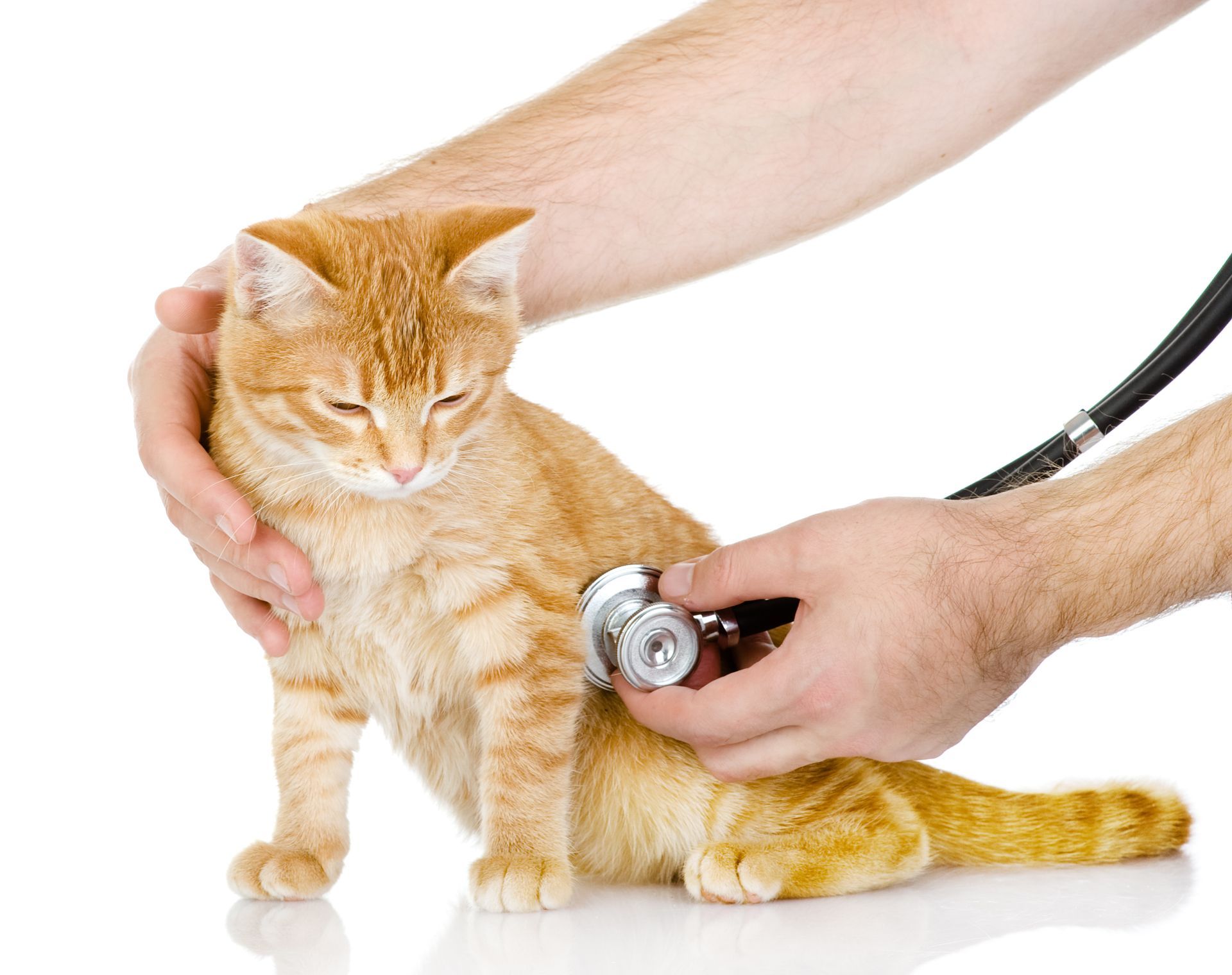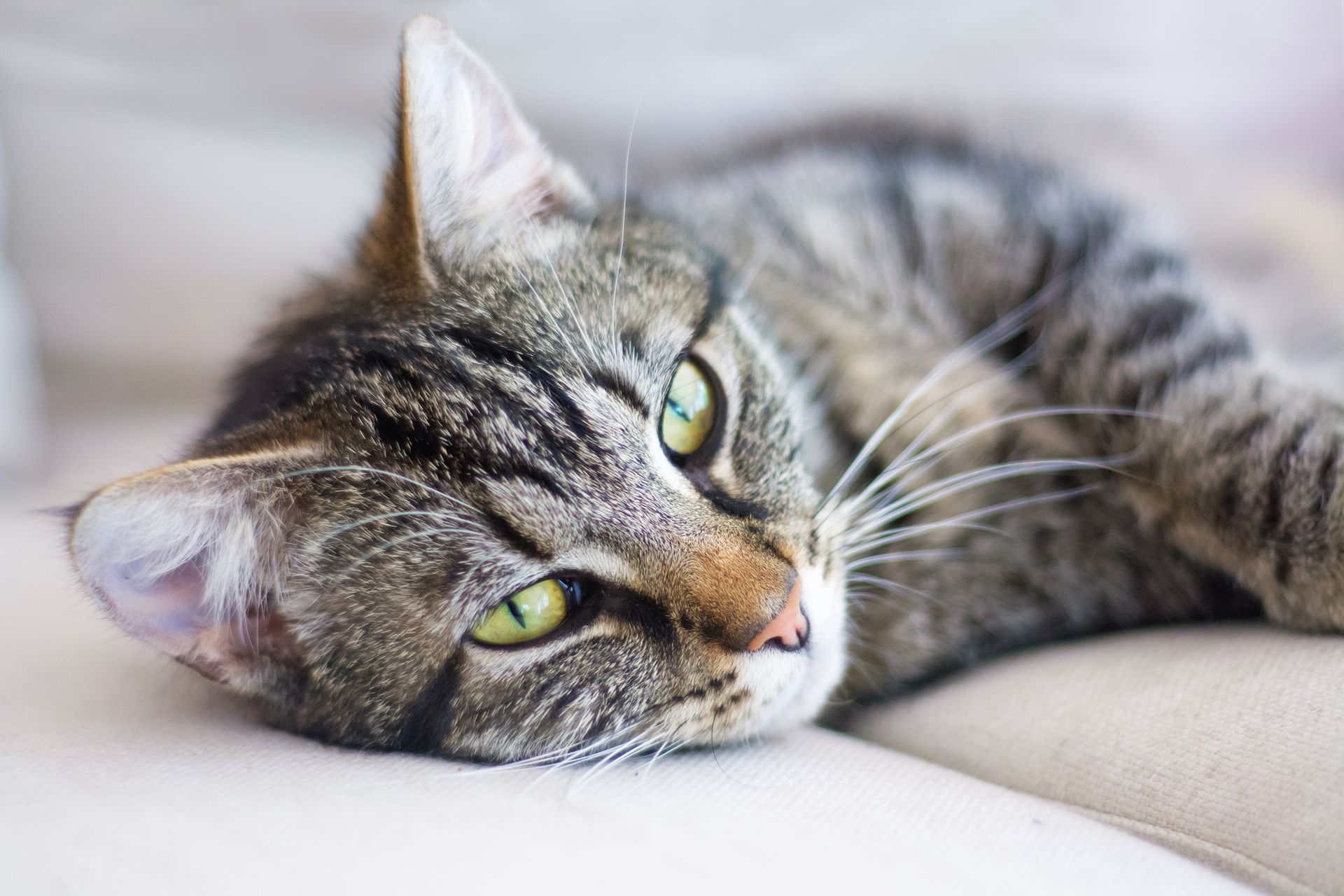Diabetes in Cats: Symptoms, Risk Factors, Diagnosis, and Treatment

A growing number of cats are developing diabetes mellitus. The condition impairs your cat's ability to balance glucose and sugar levels in the bloodstream. If your cat doesn't get treatment, it will have depression, dehydration, vomiting, weight loss, and other problems.
Here is what you need to know about diabetes in cats.
Causes
Diabetes in cats is often a result of multiple causes. Consumption of excess carbohydrates is one of the main causes of diabetes in felines. Another cause is obesity that increases the production of certain hormones in the cat's body.
Your cat can also develop diabetes if the feline has an overactive adrenal gland.
Symptoms
Your cat will start to drink more water than usual while urinating more often. This development can occur in any cat but is more prevalent in obese cats. You will also notice that the cat has an increased appetite because of a lack of enough fuel supply from normal food consumption.
Another common sign of diabetes in cats is weight loss. Weight loss occurs when cells can't extract enough glucose from the bloodstream. Consequently, the cells have insufficient energy, and the body has to use proteins and fats for energy replenishment. The subsequent breakdown of proteins and fats causes weight loss.
In some rare cases, diabetes may damage your cat's nerves, particularly in the hind limbs. For example, the cat will stand or walk with the hocks near the ground.
Diagnosis
Diabetes in cats is not easy to detect. The veterinarian will have to perform a series of medical tests to come up with the correct diagnosis. The tests usually involve the analysis of urine and blood samples from your cat in the laboratory.
The first step is to eliminate the possibility of other diseases. The veterinarian will also look for abnormal amounts of glucose in the bloodstream over an extended period of time. The existence of glucose in the urine may be another indication of diabetes.
Risk Factors
Up to 1% of all cats will develop diabetes at one point or another. However, this percentage has been increasing exponentially in the past few years. Specific breeds — like the Burmese — are at a greater risk of contracting diabetes in certain areas. Incidences of diabetes also tend to be higher among middle-aged male cats.
The biggest risk factor is obesity and inactivity among indoor cats. Your cat's risk also increases as the feline grows older. Moreover, neutered cats on steroid therapy may develop diabetes more easily. Finally, your cat may be at greater risk due to specific medical conditions such as infection, hyperthyroidism, or renal issues.
Treatment
Insulin therapy is the main treatment option for diabetes in cats. The insulin will enter the cat's body in the form of an injection twice every day. Many types of insulin exist, and the veterinarian will decide the appropriate type for your cat.
Glargine insulin is usually the recommended treatment for diabetes in the early stages. This type of insulin can help your cat go into remission. The only downside to glargine insulin is its high cost. However, the insulin can be economical in the long run if your cat goes into remission and no longer requires insulin treatment.
Other types of insulin are PZI, NPH and Vetsulin. These types of insulin help to control and stabilize the amount of glucose in the blood. Insulin can also regulate body weight and combat other symptoms and signs.
Protect Your Cat's Health
Your feline friend probably brings joy and happiness to your household. While the mood can dampen due to diseases such as diabetes, you can always count on Angel Pet Hospital for help.
We are a veterinarian service that provides emergency and non-emergency medical services for pets. Contact us at any time for assistance.


